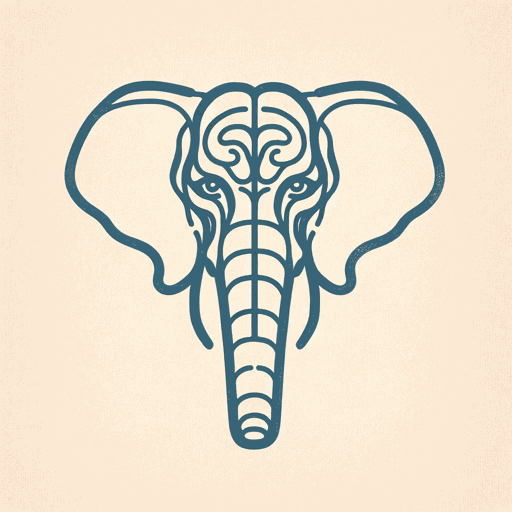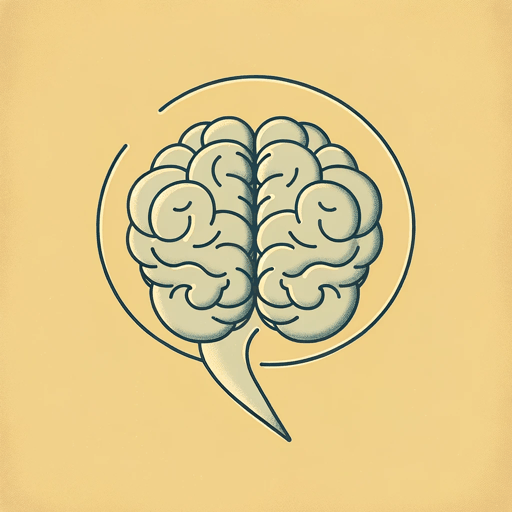37 pages • 1 hour read
Jonathan HaidtThe Righteous Mind: Why Good People Are Divided by Politics and Religion
Nonfiction | Book | Adult | Published in 2012A modern alternative to SparkNotes and CliffsNotes, SuperSummary offers high-quality Study Guides with detailed chapter summaries and analysis of major themes, characters, and more.
Themes
Morality and Ethics
The goal of Haidt’s book is to better understand morals and ethics. While he defines morality in his text, his definition is not prescriptive, but functional. He says morality is “interlocking sets of values, virtues, norms, practices, identities, institutions, technologies, and evolved psychological mechanisms that work together to suppress or regulate self-interest and make co-operative societies possible” (270). Haidt is not interested in defining right or wrong; rather, he wants to understand how we arrive at our ideas of right and wrong. His ideas about the rider and the elephant and the taste buds of moral foundations and matrices are all geared toward better understanding why some cultures or political groups see an issue as good or bad, right or wrong, while another culture or political group views the issue in the exact opposite light. Understanding moral foundation is the key in Haidt’s view.
Pluralism and Relativism
Haidt emphasizes the difference between relativism and pluralism in his book. Relativism, he explains, involves viewing all practices and beliefs as equal. It involves not taking a stand on whether an action or conviction is wrong or right. Haidt stresses that pluralism is something else entirely.
Related Titles
By Jonathan Haidt



